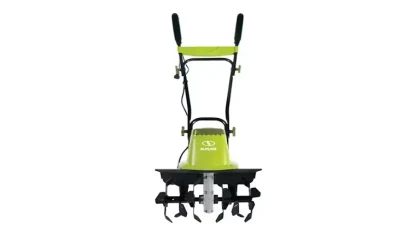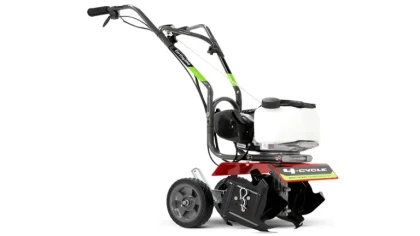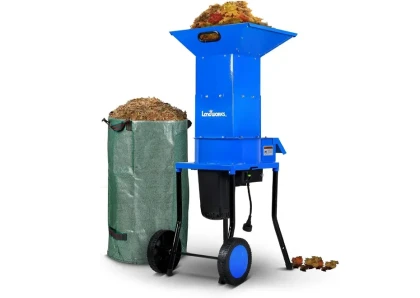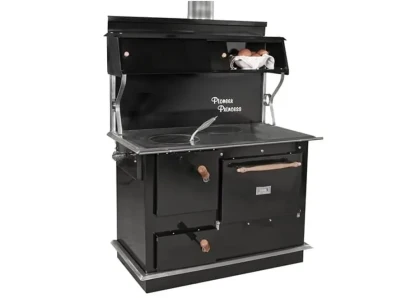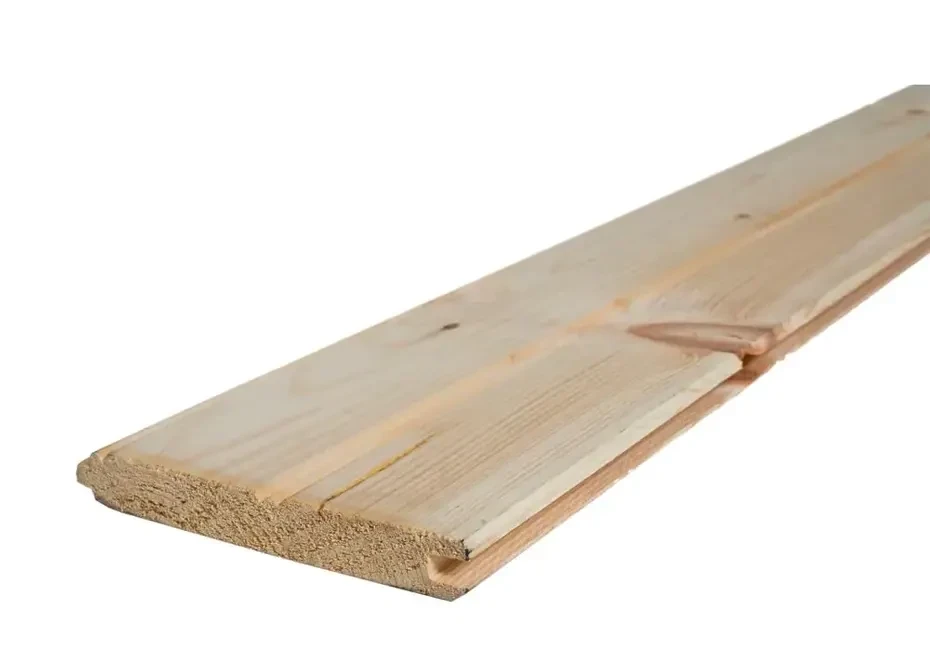
Premium Tongue and Groove Pattern Common Softwood Boards
Overview
Premium tongue and groove pattern common softwood boards are made from high-quality softwood lumber, such as pine, fir, or spruce. They are kiln-dried to ensure that they are straight, smooth, and free of defects. The tongue and groove pattern allows the boards to fit together tightly, creating a smooth, seamless surface. These boards are ideal for a variety of applications, including flooring, paneling, and cabinetry.
Tongue and groove pattern common softwood boards are available in a variety of widths, thicknesses, and lengths to suit different needs. They are typically finished with a clear coat to protect the wood and enhance its natural beauty. Premium tongue and groove boards are a versatile and durable building material that can be used for a variety of projects.
Premium tongue and groove pattern common softwood boards are a versatile and durable building material that is a good choice for a variety of projects. They are strong, durable, and affordable, and they can be easily installed. If you are looking for a high-quality wood board for your next project, premium tongue and groove pattern common softwood boards are a great option.
Key Features
- Durability: Premium tongue and groove pattern common softwood boards are made from softwood species that are naturally resistant to rot and decay. They are also a good choice for outdoor projects, as they can withstand the elements.
- Strength: Premium tongue and groove pattern common softwood boards are strong and can support a lot of weight. This makes them a good choice for flooring, paneling, and other applications where strength is important.
- Versatility: Premium tongue and groove pattern common softwood boards are available in a variety of widths, thicknesses, and lengths to suit different needs. They can be used for a variety of projects, including flooring, paneling, wainscoting, and decking.
- Affordability: Premium tongue and groove pattern common softwood boards are a relatively affordable building material. This makes them a good option for budget-minded homeowners and DIYers.
- Ease of installation: Premium tongue and groove pattern common softwood boards are easy to install. The tongue and groove joint makes it easy to join the boards together to create a smooth, seamless surface.
- Natural beauty: Premium tongue and groove pattern common softwood boards have a natural beauty that can be enhanced with a variety of finishes. They can add warmth and character to any room.
Overall, premium tongue and groove pattern common softwood boards are a versatile and durable building material that is a good choice for a variety of projects. They are strong, durable, and affordable, and they can be easily installed. If you are looking for a high-quality wood board for your next project, premium tongue and groove pattern common softwood boards are a great option.
General Guide for Choosing the Right Size
Sure, here is a general guide for choosing the right size of premium tongue and groove pattern common softwood boards, with an additional column for the recommended use:
| Size | Thickness | Width | Recommended use |
| 1x4 | 1 inch | 4 inches | Shelving, trim, wainscoting |
| 1x6 | 1 inch | 6 inches | Paneling, flooring, decking |
| 1x8 | 1 inch | 8 inches | Flooring, decking, siding |
| 1x10 | 1 inch | 10 inches | Flooring, decking, siding |
| 1x12 | 1 inch | 12 inches | Flooring, decking, siding |
Here are some additional tips for choosing the right size of tongue and groove boards:
- Consider the weight of the boards. Heavier boards will be more stable, but they will also be more difficult to install.
- Think about the spacing between the boards. The wider the spacing, the more air will circulate, but it will also be more difficult to keep the boards clean.
- Allow for expansion and contraction. Wood expands and contracts with changes in moisture and temperature. Make sure to leave a gap between the boards to allow for this movement.
By following these tips, you can choose the right size of tongue and groove boards for your project and ensure a successful installation.
Variety of Applications using Premium Tongue and Groove Pattern Common Softwood Boards
- Flooring: Tongue and groove boards are a popular choice for flooring, as they provide a smooth, seamless surface that is easy to clean and maintain. They are also a good choice for areas with high moisture levels, such as bathrooms and kitchens.
- Wall paneling: Tongue and groove boards can also be used for wall paneling, adding a touch of warmth and character to any room. They are also a good choice for hiding unsightly walls or adding soundproofing to a room.
- Ceilings: Tongue and groove boards can also be used for ceilings, creating a smooth, finished look. They are also a good choice for areas with high moisture levels, such as bathrooms and kitchens.
- Siding: Tongue and groove boards can also be used for siding, providing a durable and attractive exterior for your home. They are also a good choice for areas that are exposed to the elements, such as coastal areas.
- Stairs: Tongue and groove boards can also be used for stairs, creating a smooth, safe surface to walk on. They are also a good choice for areas with high traffic, such as entryways and hallways.
- Furniture: Tongue and groove boards can also be used to make furniture, such as tables, chairs, and cabinets. They are a good choice for furniture that will be exposed to moisture, such as outdoor furniture.
- Decorative accents: Tongue and groove boards can also be used for decorative accents, such as wainscoting and molding. They can add a touch of elegance and sophistication to any room.
These are just a few of the many applications for premium tongue and groove pattern common softwood boards. With their versatility and durability, these boards can be used to create a variety of beautiful and functional projects.
Is it Worth it?
Whether or not premium tongue and groove pattern common softwood boards are worth it depends on your specific needs and budget.
Here are some of the pros and cons of using premium tongue and groove pattern common softwood boards:
Pros:
- They are versatile and can be used for a variety of projects.
- They are durable and can withstand the elements.
- They are relatively affordable.
- They are easy to work with.
- They can be finished with a variety of finishes to enhance their appearance.
Cons:
- They are not as strong as some other types of wood.
- They can be susceptible to warping and shrinking.
- They may not be suitable for all projects, such as high-traffic areas.
Ultimately, the decision of whether or not to use premium tongue and groove pattern common softwood boards is up to you. If you are looking for a versatile, affordable, and easy-to-work-with wood that can be used for a variety of projects, then premium tongue and groove pattern common softwood boards may be a good option for you.
Here are some additional factors to consider when deciding whether or not to use premium tongue and groove pattern common softwood boards:
- The type of project you are working on.
- The budget you have available.
- The climate you live in.
- The level of maintenance you are willing to do.
If you are still not sure whether or not premium tongue and groove pattern common softwood boards are right for you, it is always best to consult with a professional. They can help you assess your needs and make the best decision for your project.
How to Take Care and Maintain Premium Tongue and Groove Pattern Common Softwood Boards
- Keep them clean and dry. Wood is susceptible to moisture damage, so it is important to keep premium tongue and groove pattern common softwood boards clean and dry. Wipe them down with a damp cloth regularly and avoid letting them get wet.
- Apply a finish. A finish will help to protect the wood from moisture and damage. You can choose from a variety of finishes, such as stain, paint, or varnish.
- Repair any damage promptly. If the wood does become damaged, it is important to repair it promptly. This will help to prevent the damage from getting worse.
- Avoid using harsh chemicals. Harsh chemicals can damage the wood, so it is important to avoid using them on premium tongue and groove pattern common softwood boards. If you need to use a chemical, be sure to dilute it according to the instructions.
- Inspect the boards regularly. It is important to inspect the boards regularly for signs of damage, such as warping, splitting, or cracking. If you see any damage, take steps to repair it immediately.
- Reseal the finish every few years. The finish will eventually wear off, so it is important to reseal it every few years to protect the wood.
- Clean the boards with a mild soap and water solution. If the boards become dirty, you can clean them with a mild soap and water solution. Be sure to dry them thoroughly afterwards.
- Protect the boards from the sun. The sun can damage the wood, so it is important to protect the boards from direct sunlight. You can do this by painting or staining the boards with a UV-resistant finish.
- Store the boards in a cool, dry place. If you are not using the boards, it is important to store them in a cool, dry place. This will help to prevent the wood from warping or cracking.
Conclusion
Premium tongue and groove pattern common softwood boards are a versatile building material. They can be used for a variety of projects, both indoors and outdoors. They are a good choice for projects that require a smooth, seamless surface, such as flooring and wall paneling. They are also a good choice for projects that need to be resistant to moisture, such as siding and decking.
FAQs
1. What are Premium Tongue and Groove Pattern Common Softwood Boards?
Premium Tongue and Groove Pattern Common Softwood Boards are wooden boards made from softwood lumber, typically pine or cedar, featuring a specialized tongue and groove design for easy installation.
2. What is the purpose of the tongue and groove pattern in these boards?
The tongue and groove pattern is designed to create a tight, interlocking fit between adjacent boards, providing both structural stability and a seamless appearance when installed.
3. What are the common applications for these boards?
These boards are commonly used for interior and exterior paneling, flooring, ceilings, and siding in residential and commercial construction projects.
4. What sizes are Premium Tongue and Groove Pattern Common Softwood Boards available in?
They are available in various lengths, widths, and thicknesses, with common dimensions including 1x6, 1x8, and 1x10 inches.
5. Are these boards suitable for outdoor use?
Yes, they are suitable for outdoor applications but should be treated or sealed to protect against moisture and weathering.
6. What are the advantages of using tongue and groove boards over plain planks?
Tongue and groove boards offer improved stability, reduced gaps between boards, and a more polished appearance, making them a popular choice for interior and exterior finishes.
7. Can I stain or paint Premium Tongue and Groove Pattern Common Softwood Boards?
Yes, these boards can be stained or painted to match your desired aesthetic and protect the wood from the elements.
8. How do I install these boards?
Installation typically involves nailing or screwing them to a framework, starting from one corner and working your way across, interlocking the tongue and groove as you go.
9. Do I need any special tools for installation?
You may need a saw, nails or screws, a level, and a rubber mallet to ensure a snug fit during installation.
10. Are these boards environmentally friendly?
It depends on the source of the softwood and whether it's sustainably harvested. Look for boards with certifications like FSC (Forest Stewardship Council) for more eco-friendly options.
No listings available
Related Products
American 14" 11-Amp Corded Electric
If you are looking for an easy-to-use lawn mower that is planet-friendly and cost-effective at the same time, you will definitely like this corded...
Earthwise TC70016
The Earthwise cultivator machine is a versatile gardening tool equipped with six adjustable tines, ensuring optimal performance for various soil cultivation tasks. Its motorized...
SnowJoe TJ603E
Dig it and experience the one tiller that’s truly up to the task! Introducing a greener, cleaner way to get dirty with the Sun...
SnowJoe TJ600E
This garden tiller is ideal for starting a new garden or recovering an old lawn. The Sun Joe TJ600E electric tiller and cultivator combines the...
Earthquake 12802
The Earthquake MC440 4-cycle cultivator is a powerful and lightweight solution to maintaining your garden. Designed with stand-up starting, you can comfortably control stops...
Landworks GUO049-FBA
This All Electric Leaf Mulcher Shredder is designed w/ a durable Heavy Duty Steel Upper Feeding port & Body. We are powering this machine...
Pioneer Princess Amish
The Pioneer Princess Amish Wood Cook Stove is an exquisite culinary creation that seamlessly blends tradition, efficiency, and sophistication. Crafted with meticulous care by...
Used Wood Stoves
Used Wood Stoves for Cozy Winter Warmth Awaits! Find your perfect vintage stove: Fisher classic, Grandma Bear elegance, efficient inserts. All are expertly maintained,...
Liantral Rolling Cart Log Rack Firewood Storage
Experience a revolution in firewood storage and transportation with the LIANTRAL Firewood Rack On Wheels. Crafted from durable, rust-proof iron, this rack boasts a...
FireProof Pros 25.6 inch Double Coated Outdoor Indoor Wood Storage
FireProof Pros Firewood Rack a stylish and practical solution that redefines the way you manage firewood for your outdoor fire pit, fireplace, or wood-burning...





